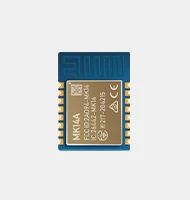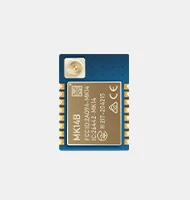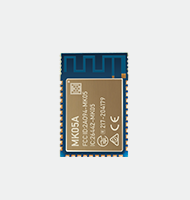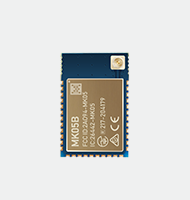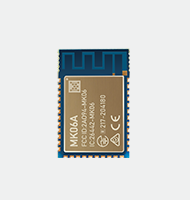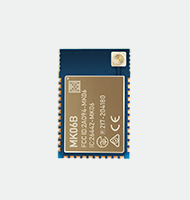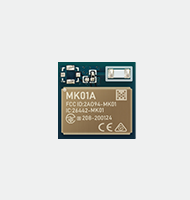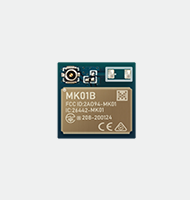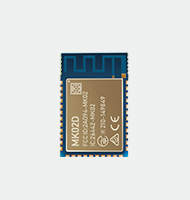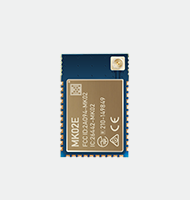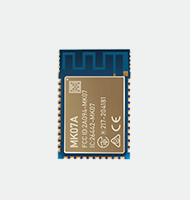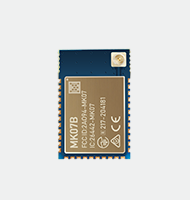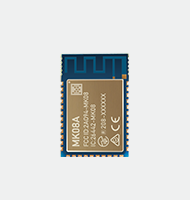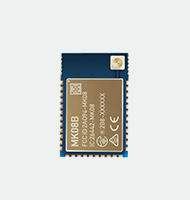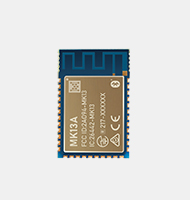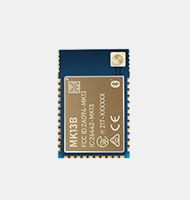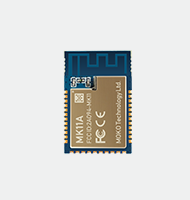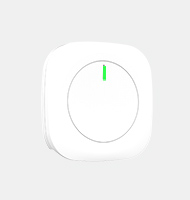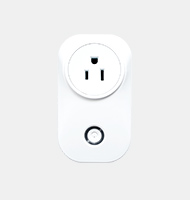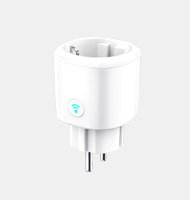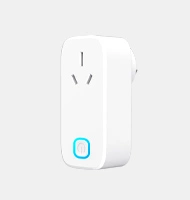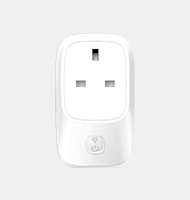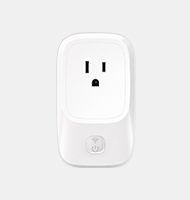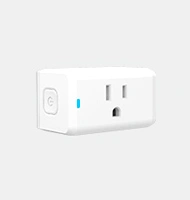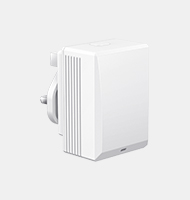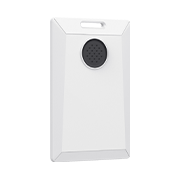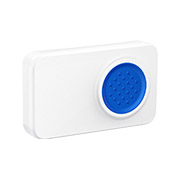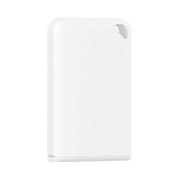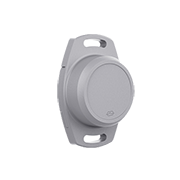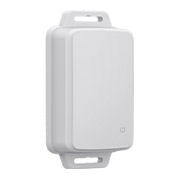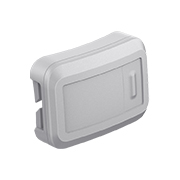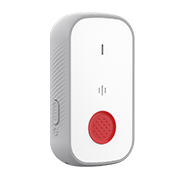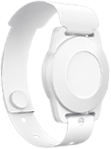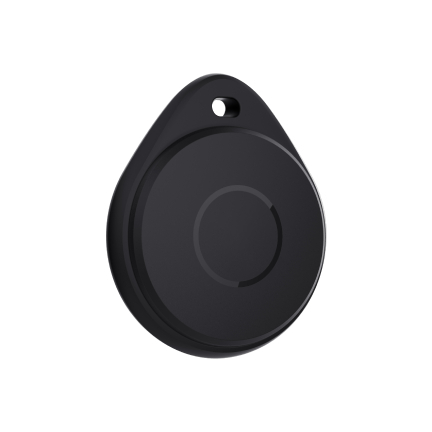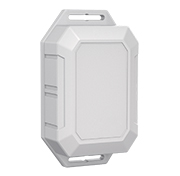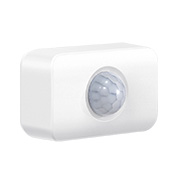Home > Bluetooth Beacon
WHAT IS BLUETOOTH BEACON?
A Bluetooth Beacon is a wireless device that periodically broadcasts a Bluetooth Low Energy advertising packet, that is received by a smartphone or other Bluetooth master device and used to determine the position with respect to the beacon itself. It is like a set of mini-radio towers, installed throughout an area or building. Instead of rising high into the air as towers do, it sends out radio signals encoded with the information set by the owner or user. As with radio, the data sent out and received is almost instantaneous. Smartphones, tablets, and other readers seek out Bluetooth signals as they pass through a beacon’s broadcast range. This allows providing “context-aware” information to the mobile user, opening up the possibility to connect the online (virtual) world with the offline (real) physical world.

What is a Bluetooth Low Energy Beacon (BLE Beacon)?
BLE Beacons are Bluetooth Beacons that communicate by using Bluetooth Low Energy technology.
Bluetooth Beacon is excellent technology for tracking or positioning. The few necessary components are a BLE transmitter and a device or a ‘checkpoint’ to signal locations to a corresponding gateway. Bluetooth Low Energy beacon uses less data (but has a smaller range), thereby consuming much less power. BLE beacons transfer small amounts of data at regular intervals.
Knowing the key contrasts between Classic Bluetooth and BLE is the key to efficient operation of your BLE Beacons.
BLE Beacons are Bluetooth Beacons that communicate by using Bluetooth Low Energy technology.
Bluetooth Beacon is excellent technology for tracking or positioning. The few necessary components are a BLE transmitter and a device or a ‘checkpoint’ to signal locations to a corresponding gateway. Bluetooth Low Energy beacon uses less data (but has a smaller range), thereby consuming much less power. BLE beacons transfer small amounts of data at regular intervals.
Knowing the key contrasts between Classic Bluetooth and BLE is the key to efficient operation of your BLE Beacons.
CLASSIC BLUETOOTH
Classic Bluetooth can handle the transmission of large amounts of data, and can only be used with a one-to-one connection. These applications tend to consume more power, which makes a beacon more costly to maintain, and taxes the battery of any connected mobile device, making it slightly impractical. It is generally believed that the radius of a Bluetooth beacon won’t exceed 10 meters, but depending on the power, Classic Bluetooth can also reach as far as 100 meters.
BLUETOOTH LOW ENERGY (BLE)
Bluetooth Low Energy (BLE) is one of the best technologies available for transmitting data at relatively high speeds, which is a plus for those with a low power budget. One of its benefits is its simplicity. As long as you have a device that scans for Bluetooth data, you can receive this information, which is also the principle of the BLE Beacon, and the current technology can achieve a 100-meter radius. However, it does have a disadvantage, which is that the amount of data that can be transmitted is relatively small. In addition, Bluetooth Low Energy also has a feature, which can distribute data in the form of a Bluetooth broadcast (instead of a one-to-one connection) in the space around the device. This makes the data accessible to anyone with the right key.
CLASSIC BLUETOOTH
Classic Bluetooth can handle the transmission of large amounts of data, and can only be used with a one-to-one connection. These applications tend to consume more power, which makes a beacon more costly to maintain, and taxes the battery of any connected mobile device, making it slightly impractical. It is generally believed that the radius of a Bluetooth beacon won’t exceed 10 meters, but depending on the power, Classic Bluetooth can also reach as far as 100 meters.

BLUETOOTH LOW ENERGY (BLE)
Bluetooth Low Energy (BLE) is one of the best technologies available for transmitting data at relatively high speeds, which is a plus for those with a low power budget. One of its benefits is its simplicity. As long as you have a device that scans for Bluetooth data, you can receive this information, which is also the principle of the BLE Beacon, and the current technology can achieve a 100-meter radius. However, it does have a disadvantage, which is that the amount of data that can be transmitted is relatively small. In addition, Bluetooth Low Energy also has a feature, which can distribute data in the form of a Bluetooth broadcast (instead of a one-to-one connection) in the space around the device. This makes the data accessible to anyone with the right key.
New Bluetooth Beacons
Main Bluetooth Beacon Products
Asset Tracking Bluetooth Beacon
Personal Tracking Bluetooth Beacon
Location Anchor Bluetooth Beacon
Condition Monitoring Bluetooth Beacon
Custom Your Own
Bluetooth Beacons
1. Customized product LOGO, label, laser engraving, silkscreen, etc., to achieve 100% customer brand protection
2. MOKO Smart design team can provide customers with diversified ID and MD designs
3. Provide hardware and software design and development according to your needs
4. You can use MOKO Smart’s hardware for independent development, and MOKO Smart can replace programming and mass production.
5. Burn the customer’s firmware
Bluetooth BEACON USE CASES
ASSET MANAGEMENT
Attach a Bluetooth Beacon to each device, then set a code to use the Beacon to broadcast the gateway scans in real time, and monitor whether the device is in place. In addition, you can add an acceleration sensor to your Beacon to determine whether the device has moved. When the device sends a ‘move’ signal and changes the content of the broadcast, the gateway uploads the data of the device to the server, and the server alarms.
PROXIMITY MARKETING
The merchant simply installs a Bluetooth Beacon in the store, then registers the broadcast data on WeChat or Facebook, uses the mobile phone’s Bluetooth to search for the correct beacon, and then compares the scanned information with the registered merchant to find a merchant that matches the data. It then displays the corresponding advertising information.
INDOOR LOCATION
To understand how BLE beacons work, let’s look at an example of an exhibition hall that has deployed beacons.
• The exhibition hall has Bluetooth Beacons in different locations
• A user enters the exhibition hall.
• The APP opens, and then scans and finds the local Bluetooth Beacons.
• The APP calculates the distance between different beacons, based on signal strength.
• Through calculations, it is possible to roughly determine the user’s location in the exhibition hall and display it on the APP map.
PEOPLE TRACKING
The data broadcast by the Bluetooth Beacon can be set, and can correspond to anyone in the form of a number. The company puts a gateway in place that can scan Bluetooth Beacon data. The gateway scans the company’s Beacon data in real time, and then matches that data with the corresponding staff code in the background, in order to keep track of who is in a certain place at a certain time. In this manner, a company can keep track of employee location throughout the building or facility.
